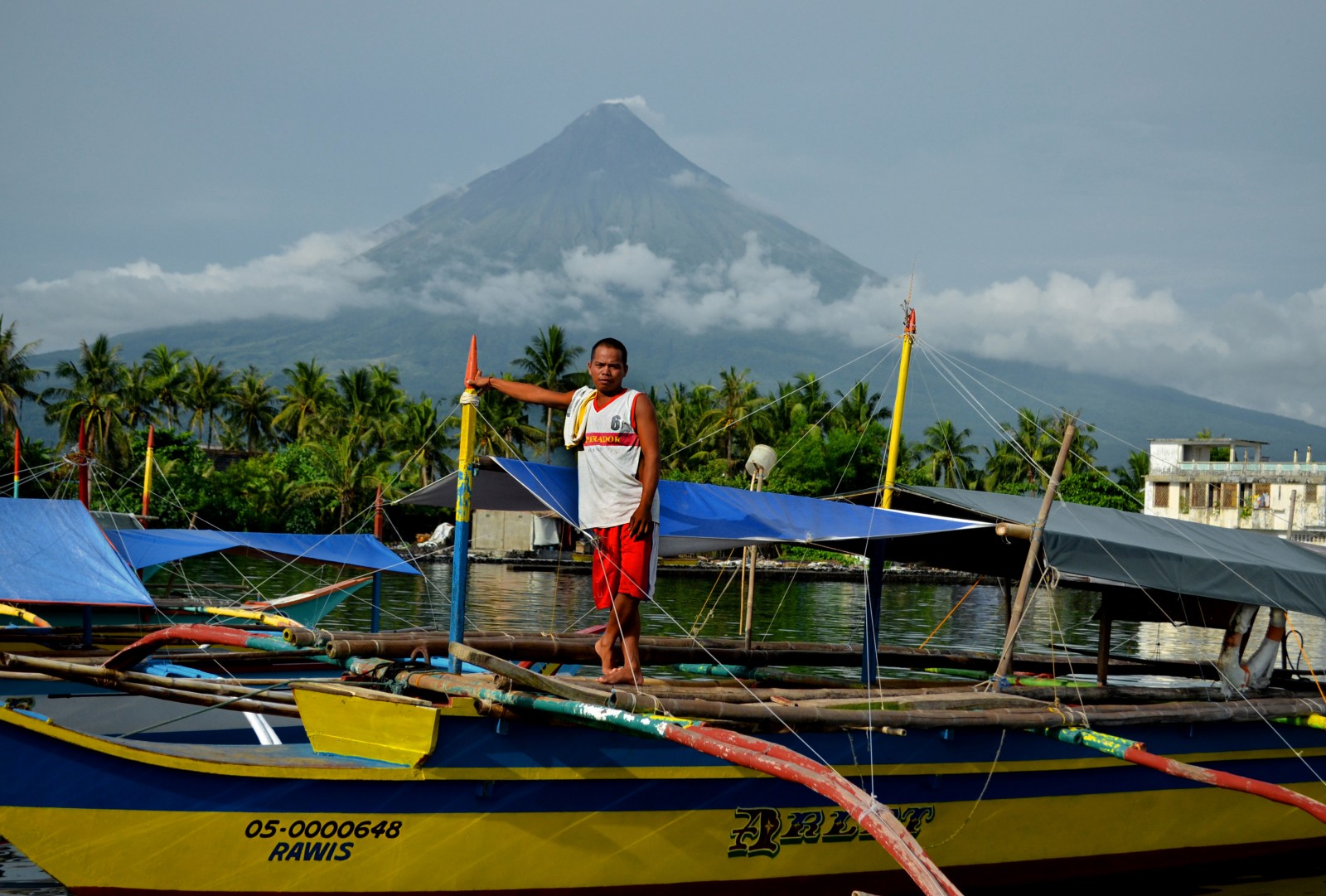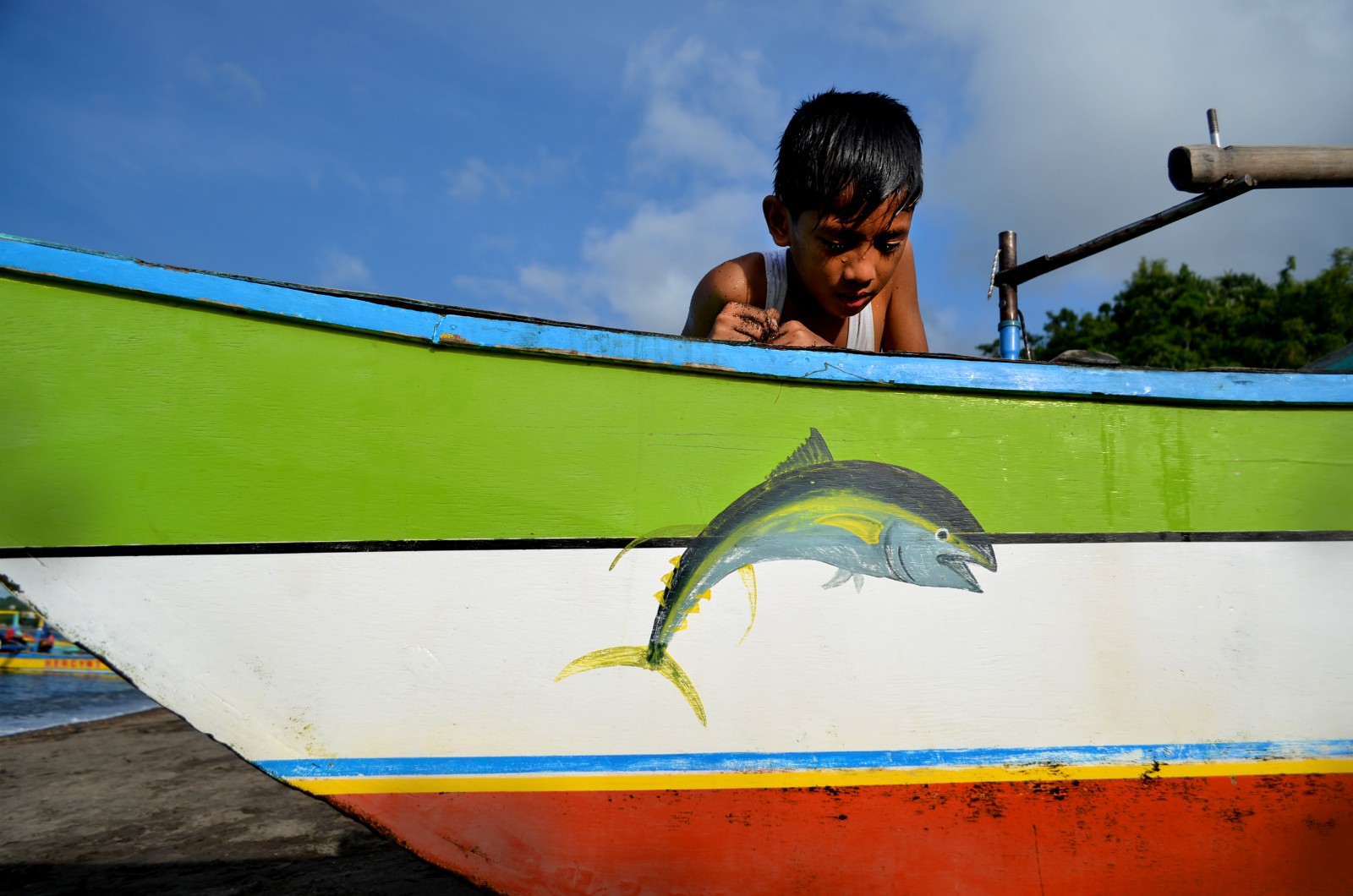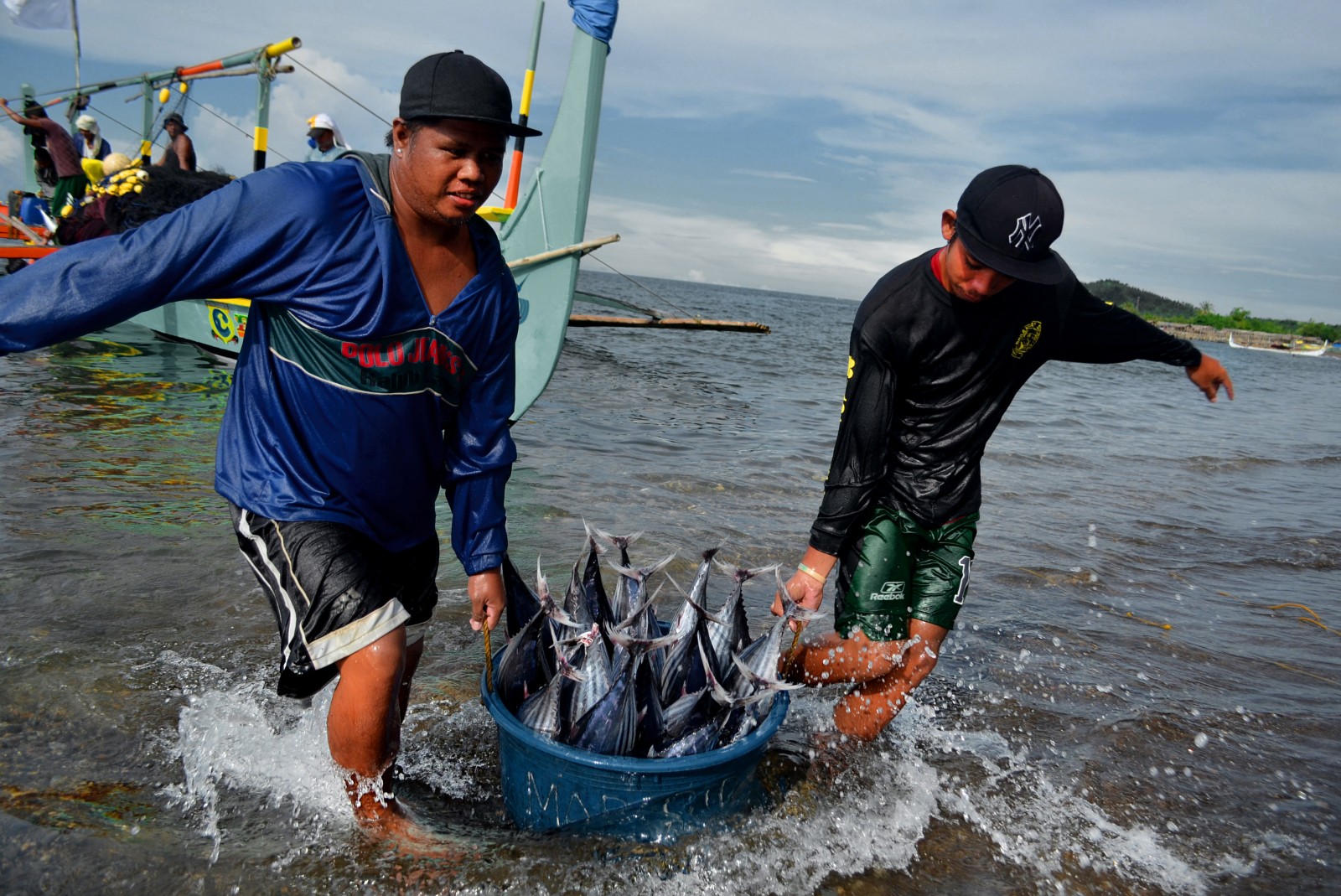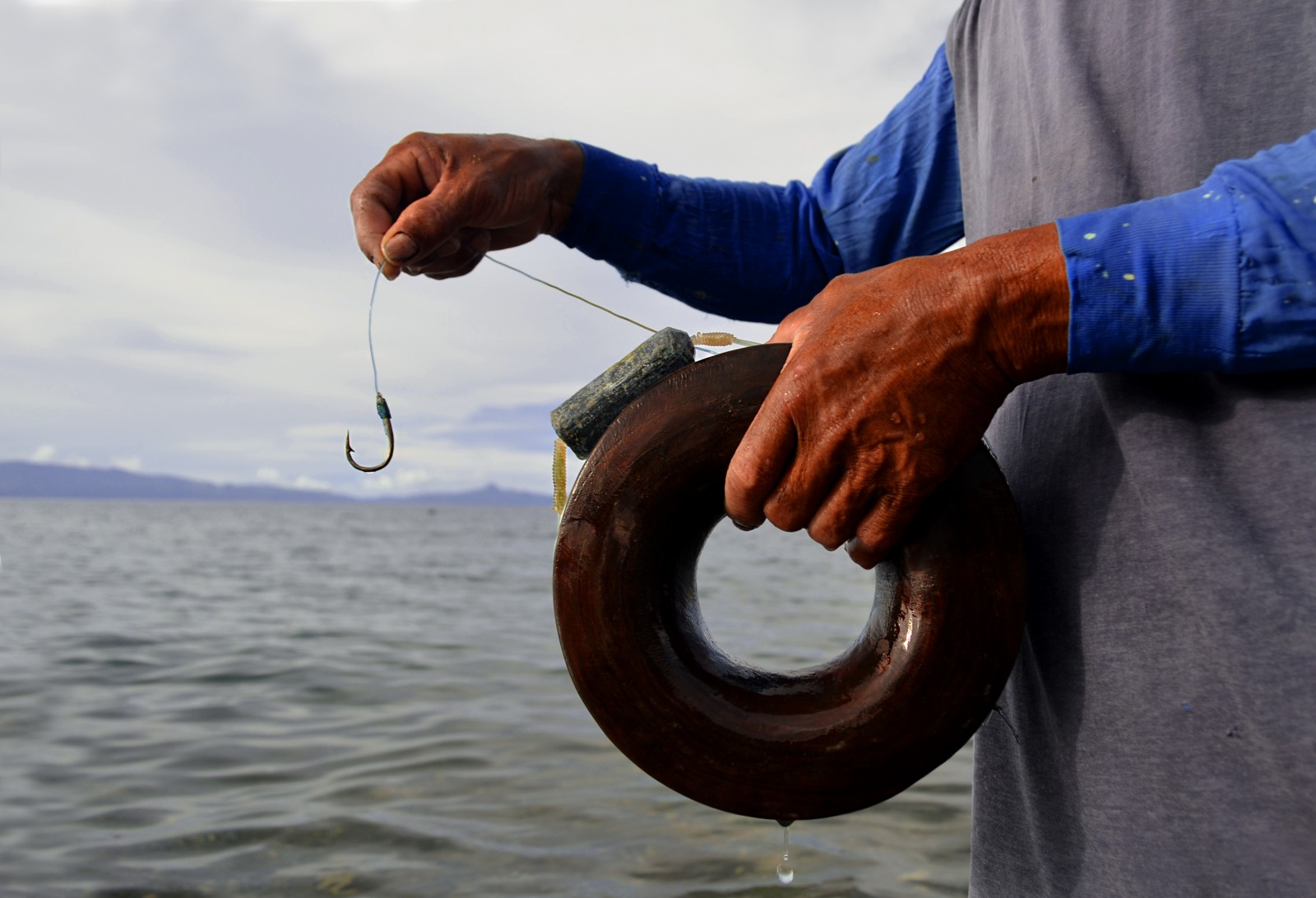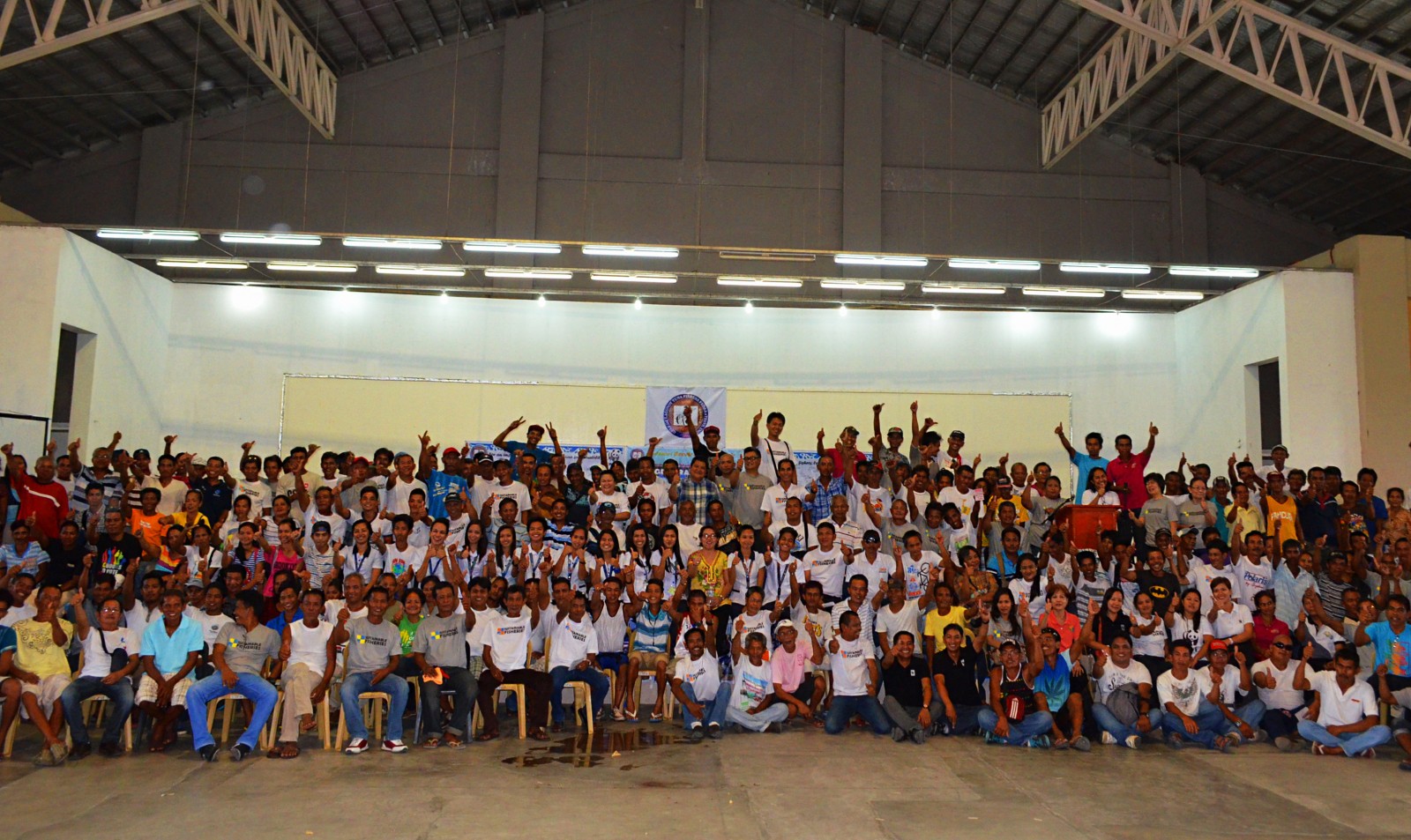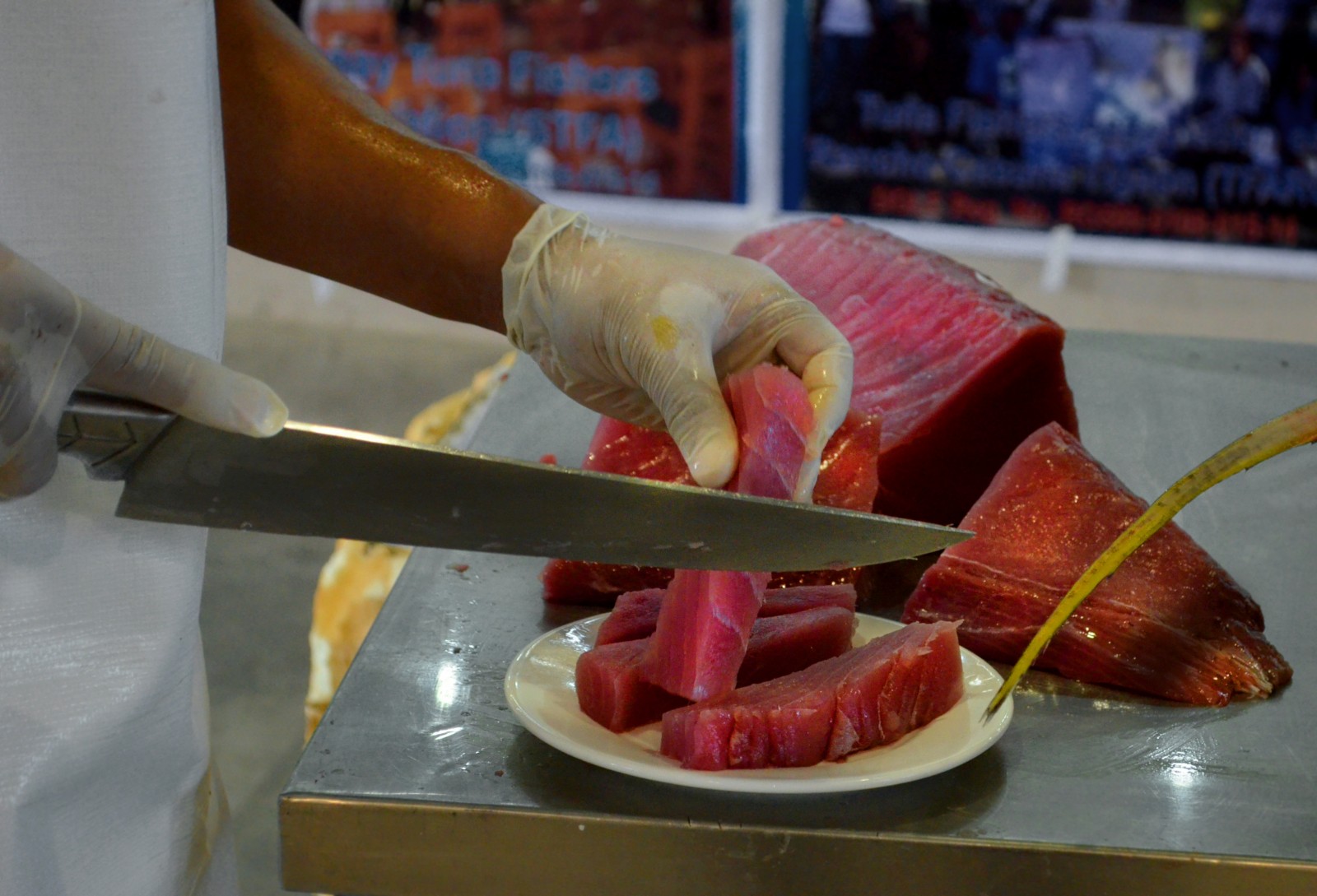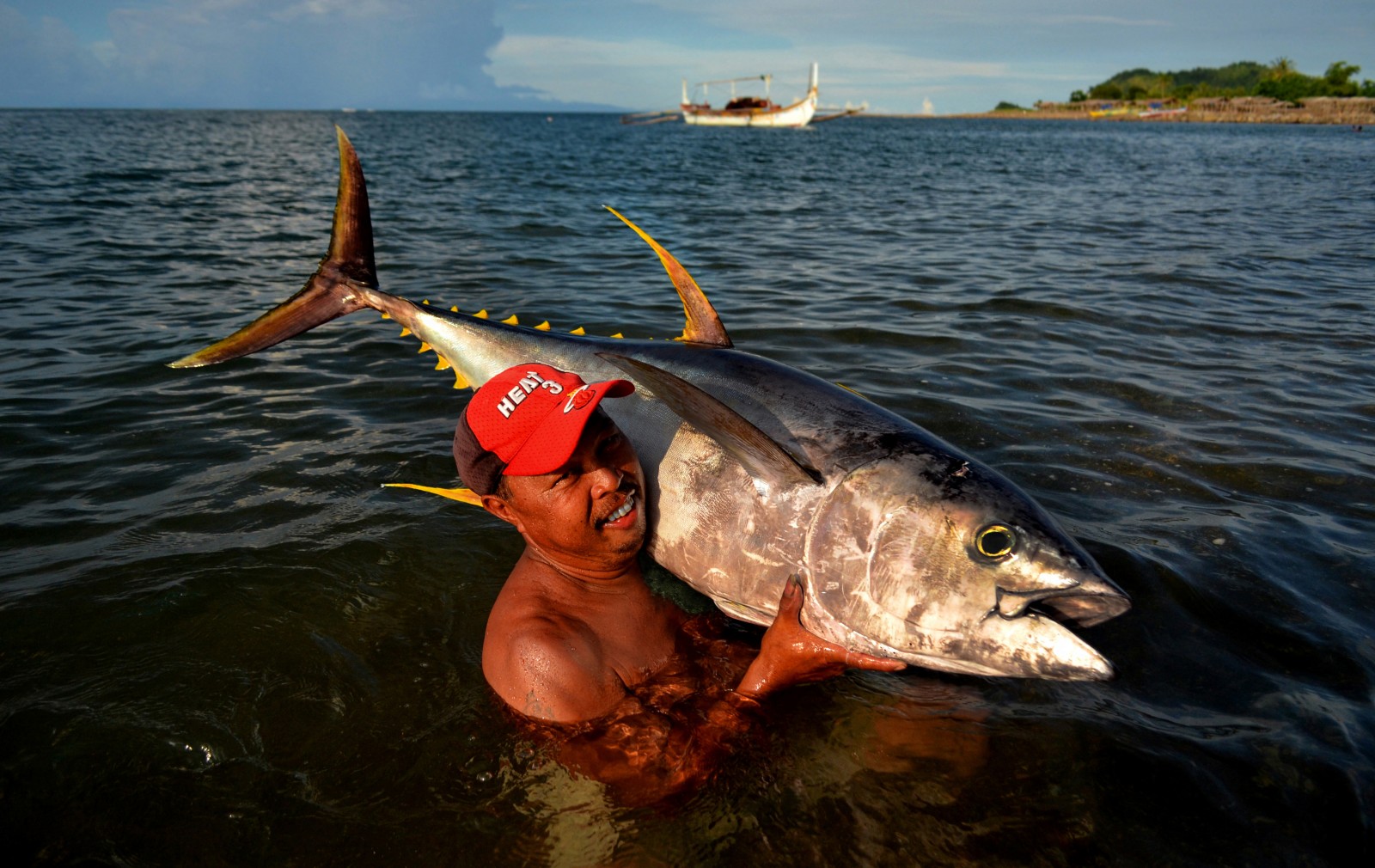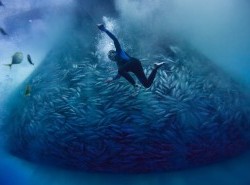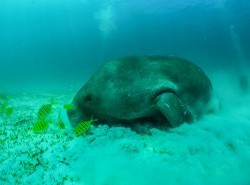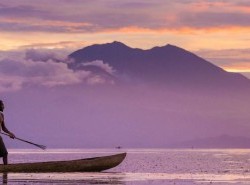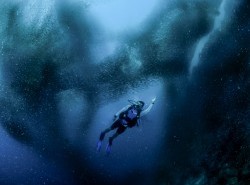Late afternoon and we’re holed up in a hut along the coast of Tiwi in Albay, trading fish tales and waiting for fishermen to return. Sitting around us are their wives, mending nets and eyeing the swelling crowd of kids cajoling in the surf. It is June, the season for yellowfin tuna. The first of the bancas arrive, unloading a decent haul of pundahan or skipjack – small, striped tuna which have proven surprisingly resilient to commercial fishing. Bancas two and three return empty-handed while a fourth disgorges a tub of galunggong or scad. Just one bankulis or yellowfin tuna has been landed, hours earlier. She tipped the scales at 39 kgs, golden sickle-fins resplendent even in death. We wait until the sun dips into the sea, but no more tuna come...
“The Lagonoy Gulf is the Bicol region’s richest tuna site – but it is heavily overfished,” explains BFAR National Stock Assessment Project Head Virginia Olaño. “Two decades ago, fishers regularly caught large yellowfin. In 1998, a fisherman landed a 196 kilogramme giant, long as a car and fat as a drum. Now yields are waning and yellowfin average just 18 to 35 kilogrammes – meaning juveniles have replaced adults.”
Though yellowfin tuna are highly-prized, they are far more than mere seafood. Top predators in the marine food chain, they maintain the balance between oceanic predators and prey. “Today the Lagonoy Gulf’s most common fish are anchovies,” warns Olaño. “There aren’t enough predators to eat them – because we’ve eaten most of their predators.”
First Gulf-wide Meeting of Tuna Fishers
To stop overfishing and help manage existing tuna stocks in Bicol, the World Wide Fund for Nature (WWF), Bureau of Fisheries and Aquatic Resources (BFAR), plus the Philippine Council for Agriculture and Fisheries (PCAF) convened the first meeting of the Gulf of Lagonoy Tuna Fishers Federation (GLTFF), comprised of the coastal municipalities ringing the Lagonoy Gulf – 3070-square kilometres of sea separating the Bicol mainland from the storm-swept island of Catanduanes. Over 500 people attended Bicol’s first large-scale gathering of fishers, held at the Lagman Auditorium of Bicol University’s Tabaco Campus.
“We’ve waited three years to formalize this federation, which covers 2000 tuna fishers in the Lagonoy Gulf,” says BFAR Assistant Regional Director Marjurie Grutas. “GLTFF aims to synergize fisheries management while optimizing cooperation, knowledge-sharing and enforcement. We aim to eliminate illegal fishing, minimize the capture of juvenile tuna and drive commercial fishers away from municipal waters – the three leading causes of overfishing.”
Traceable, Sustainable Tuna
Since 2011, WWF has been working to enhance yellowfin tuna management practices for 5000 fishers in 112 tuna fishing villages around the Lagonoy Gulf and the coast of Occidental Mindoro. WWF’s Public Private Partnership Programme Towards Sustainable Tuna (PPTST) has since organized tuna fishing associations in all 15 municipalities in the Lagonoy Gulf, plus six LGUs in the Mindoro Strait. It spearheaded the registration and licensing of tuna fishers, vessels and gear to minimize bycatch and illegal fishing, deployed 1000 plastic tuna tags to make the fishery traceable, and completed a series of training sessions on proper tuna handling to ensure that exported tuna continually meet international quality standards.
PPTST harnesses market power and consumer demand to promote sustainably-caught tuna and support low-impact fishing methods like artisanal fishing with hand-line reels – better alternatives to commercial tuna long-lines, which stretch up to 80 kilometres and are rigged with up to 3000 baited hooks.
Funded by Coop, Bell Seafood, Seafresh and the German Investment and Development Corporation, PPTST involves European seafood companies plus their local suppliers, BFAR, local government units in the Bicol Region and Mindoro, the WWF Coral Triangle Programme, WWF-Germany plus WWF-Philippines.
Today about 52% of the country’s fish exports come from tuna, which buoys the lives and livelihoods of millions of Filipinos. WWF’s Global Oceans Campaign, Sustain Our Seas, builds on decades of work to rekindle the health and productivity of the Earth’s oceans.
“Federations like GLTFF are the resource management systems of the future,” concludes WWF-Philippines President & CEO Joel Palma while sampling maguro sashimi (thinly-cut tuna slices) sourced from the sole 39 kilogramme yellowfin landed in Tiwi. Savouring sashimi, I hope that by working to conserve their shared resource, Lagonoy Gulf’s fishers might someday herald the return of the giant bankulis. Now that fish tale should be worth the wait.
